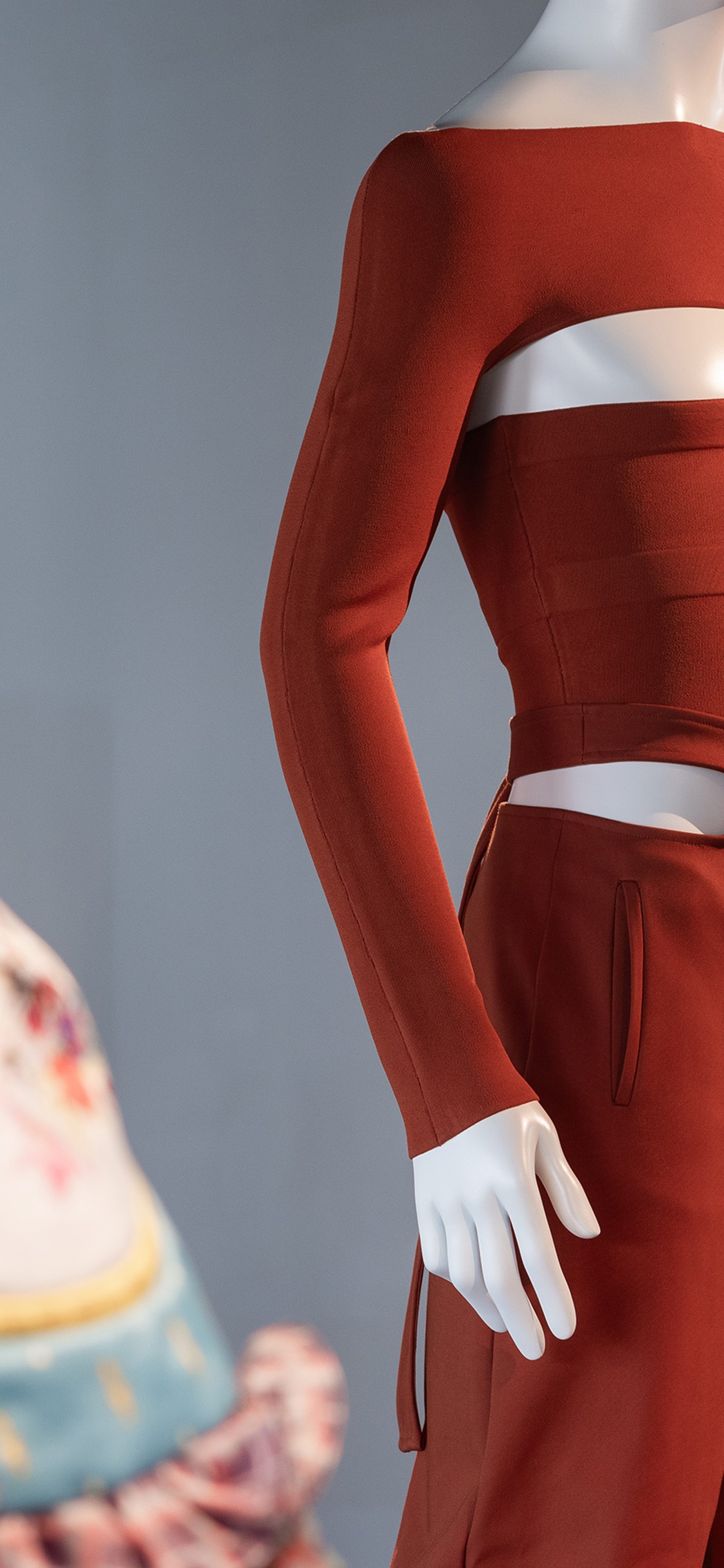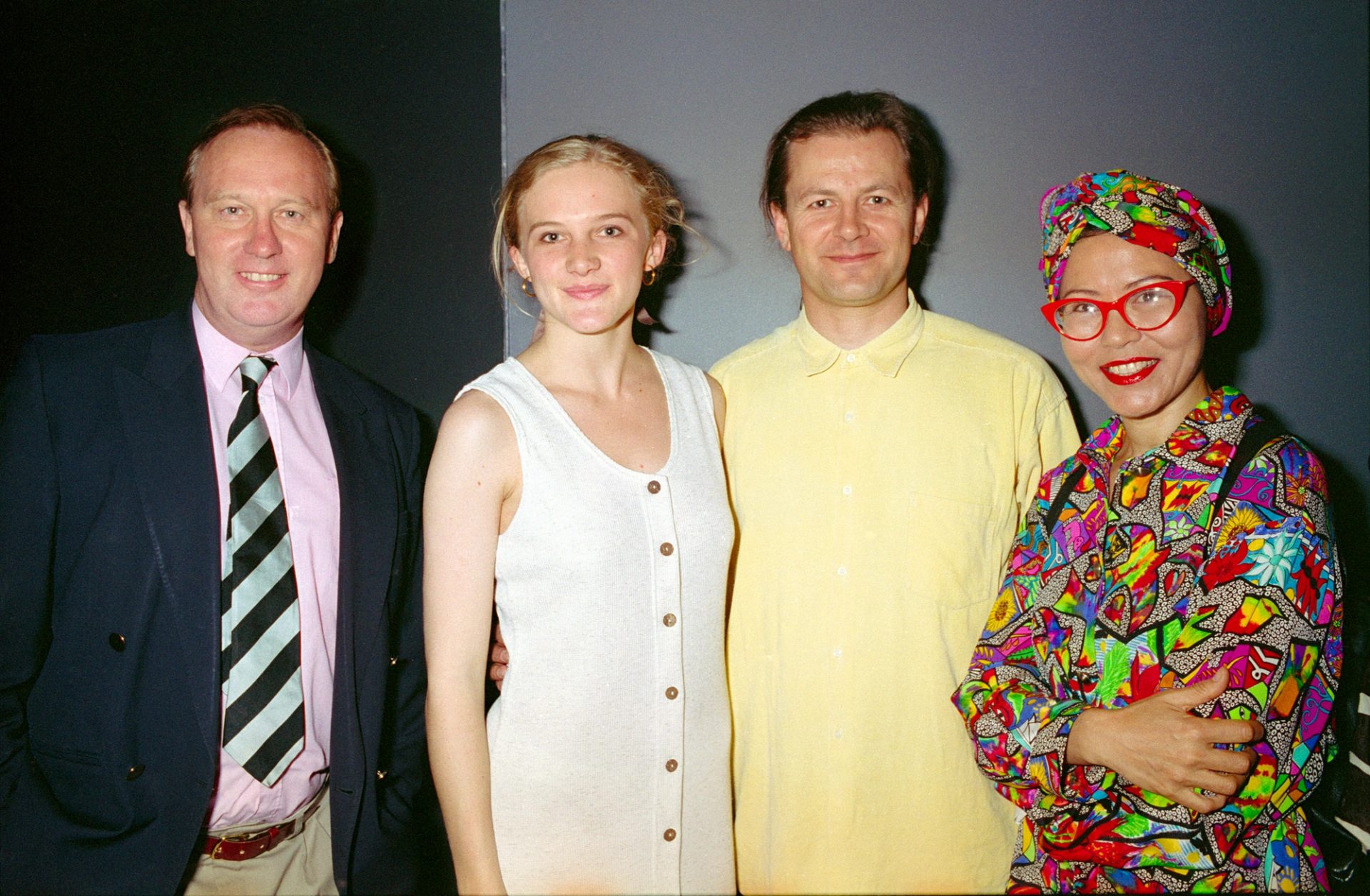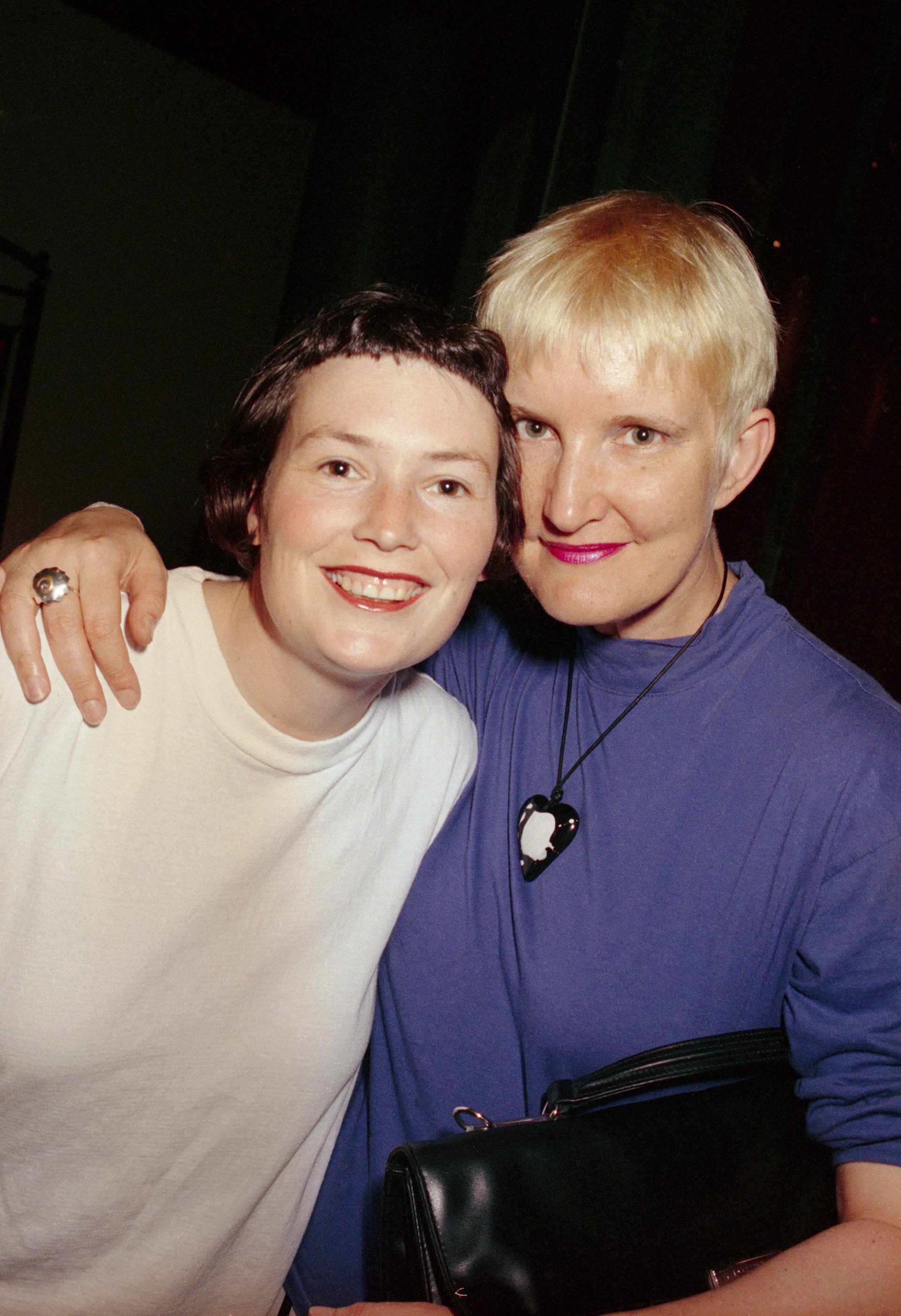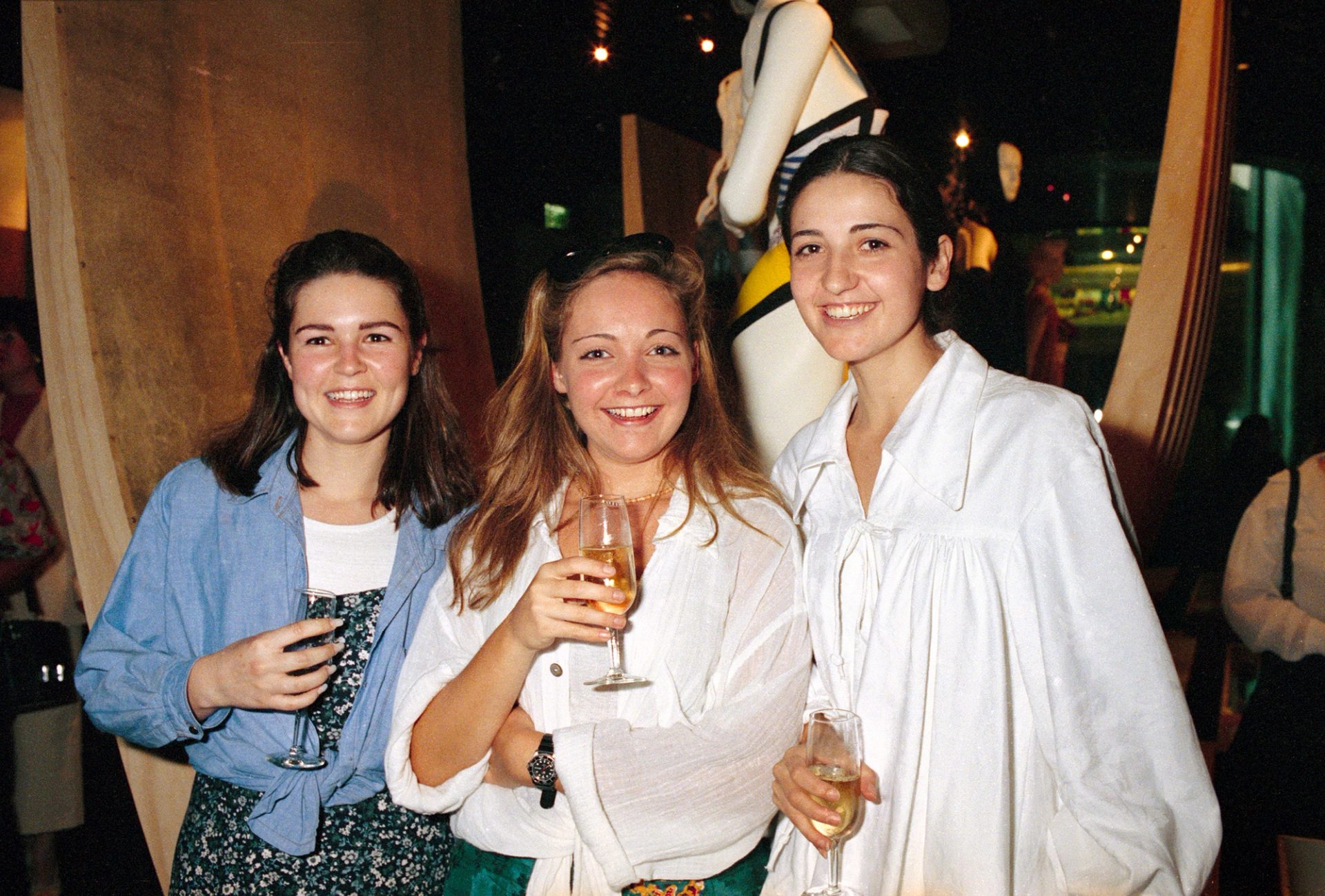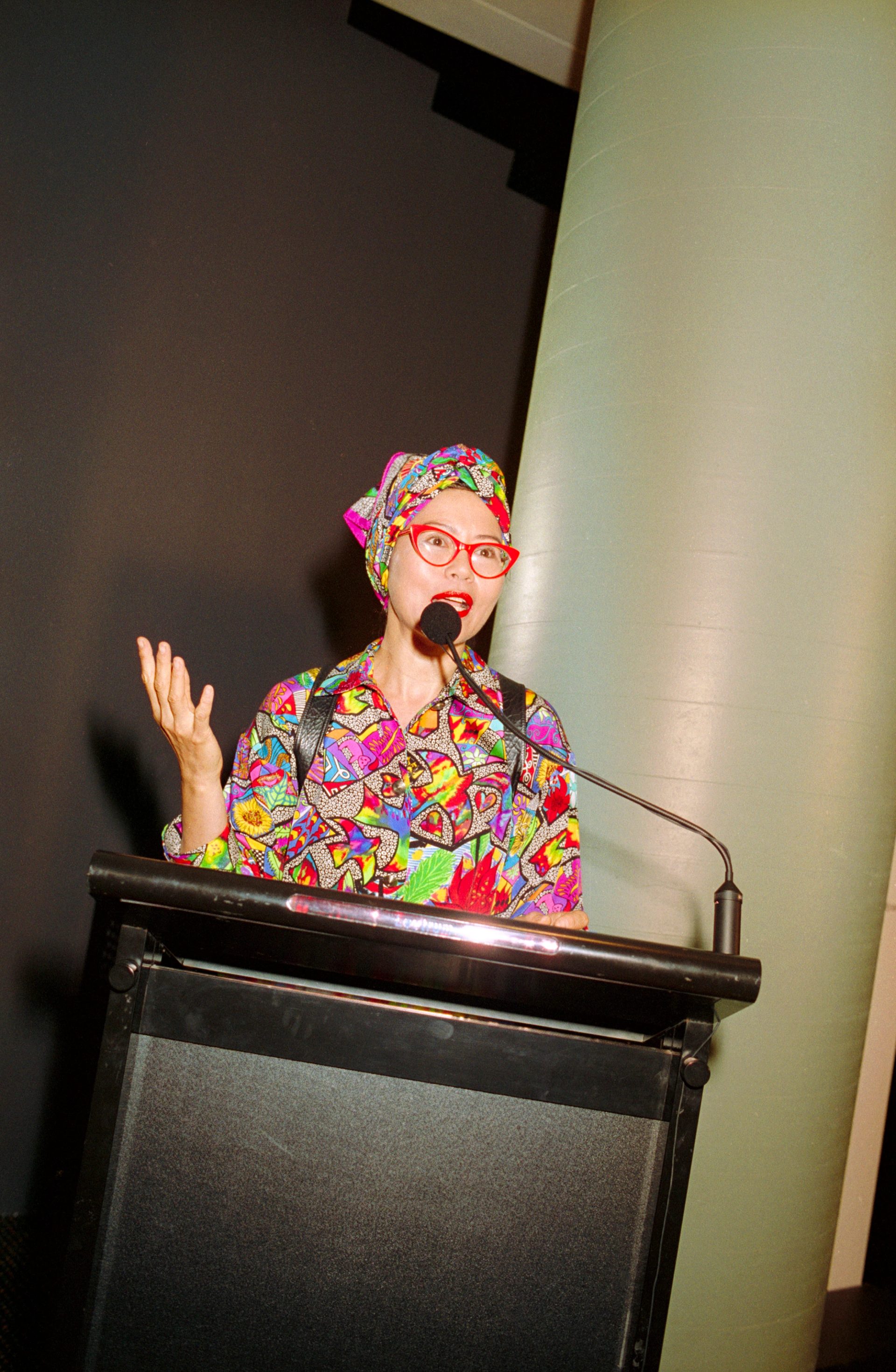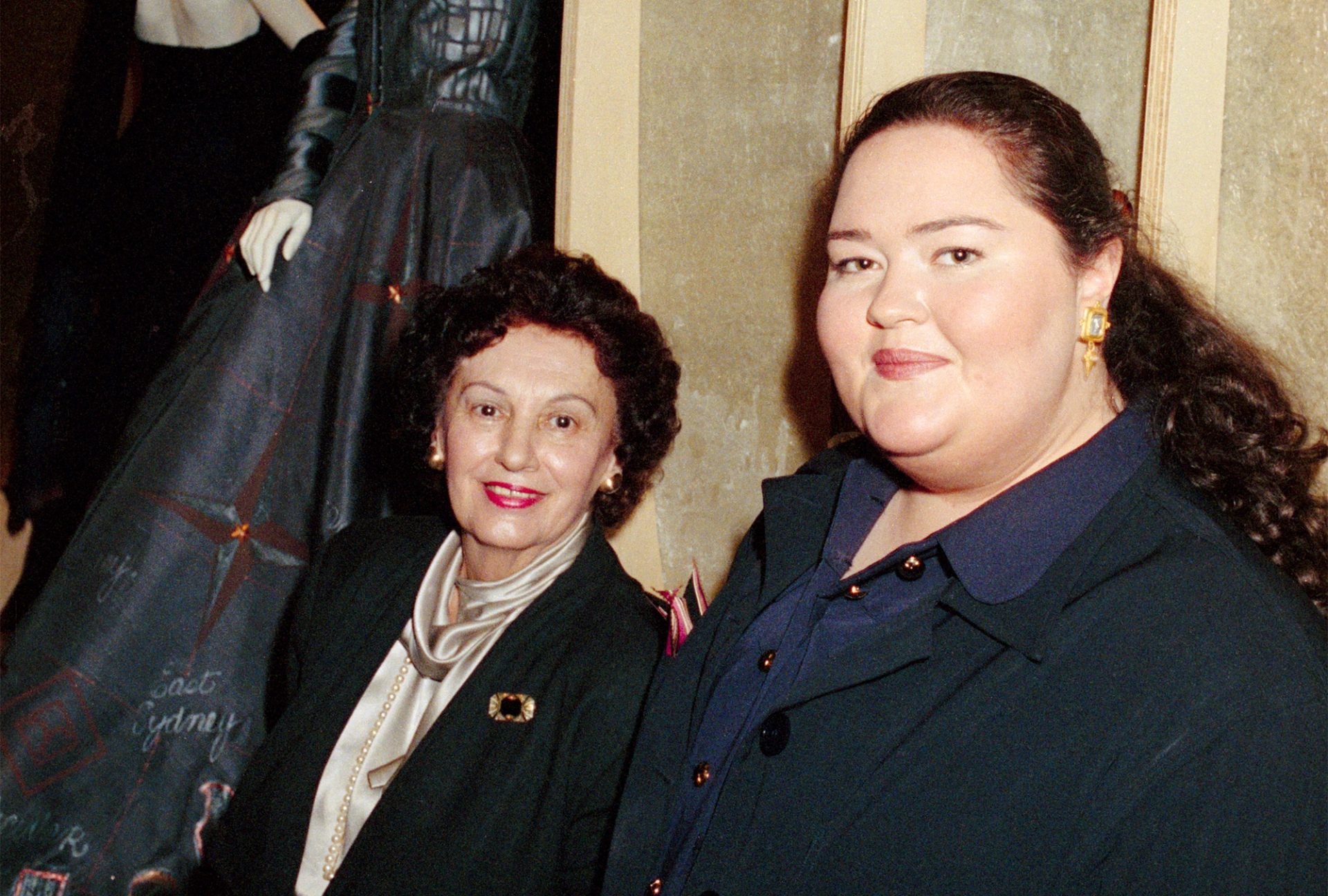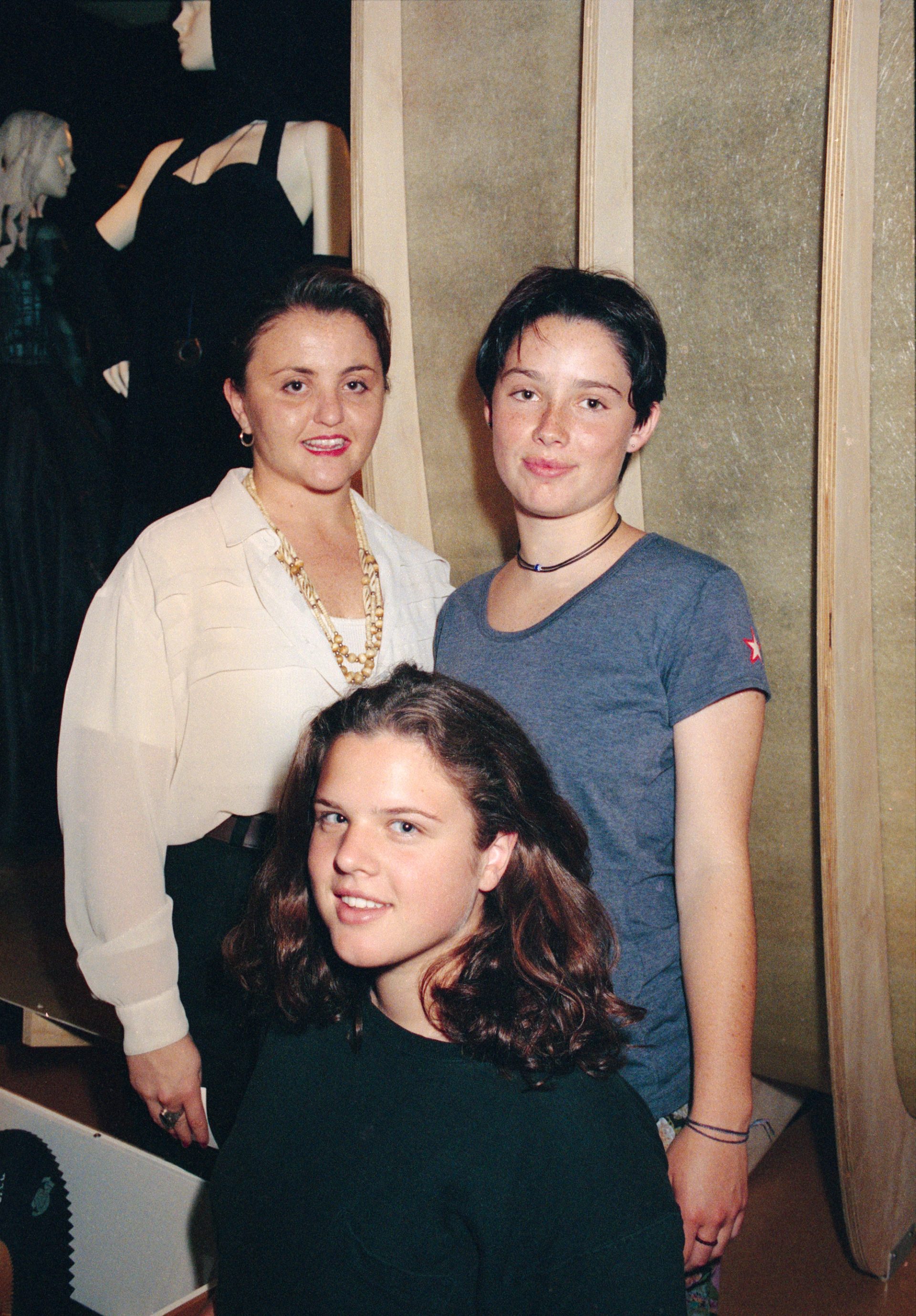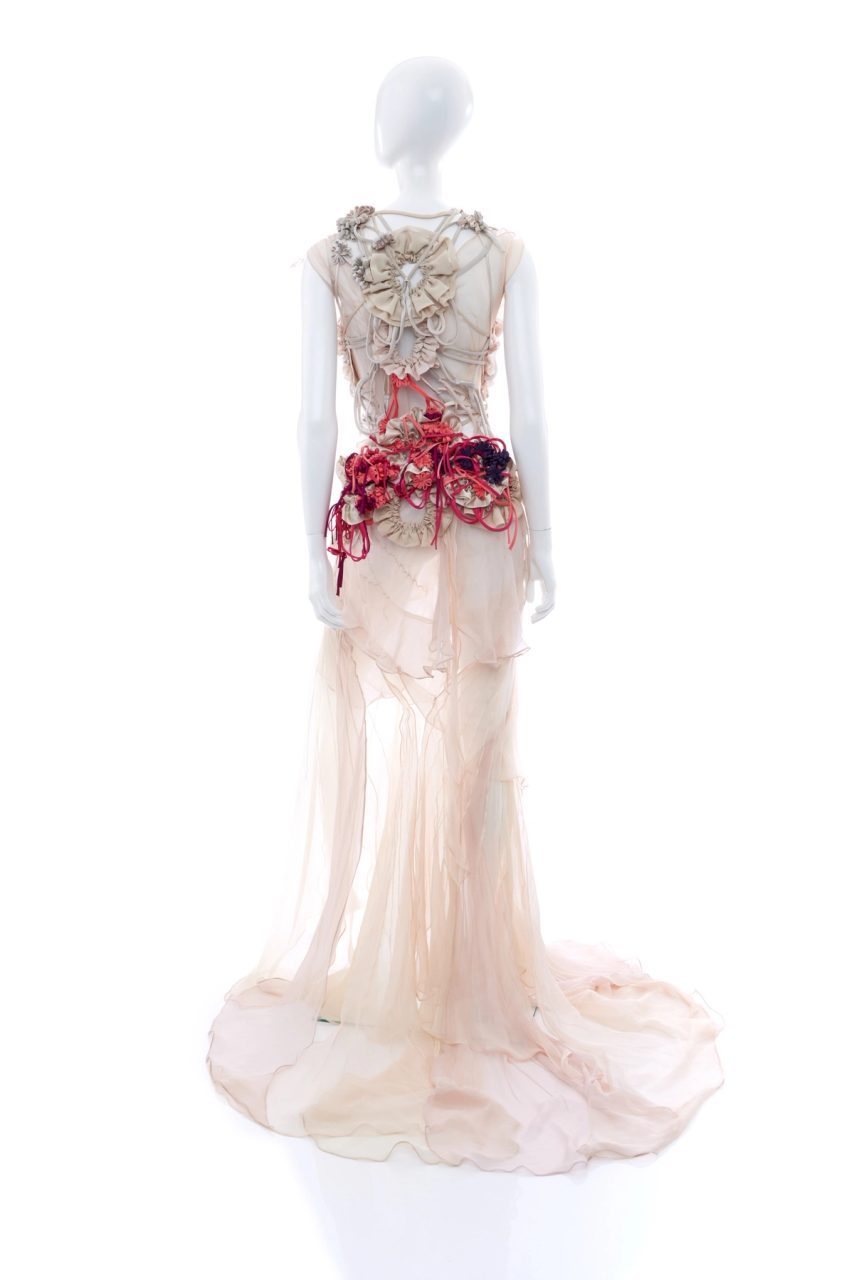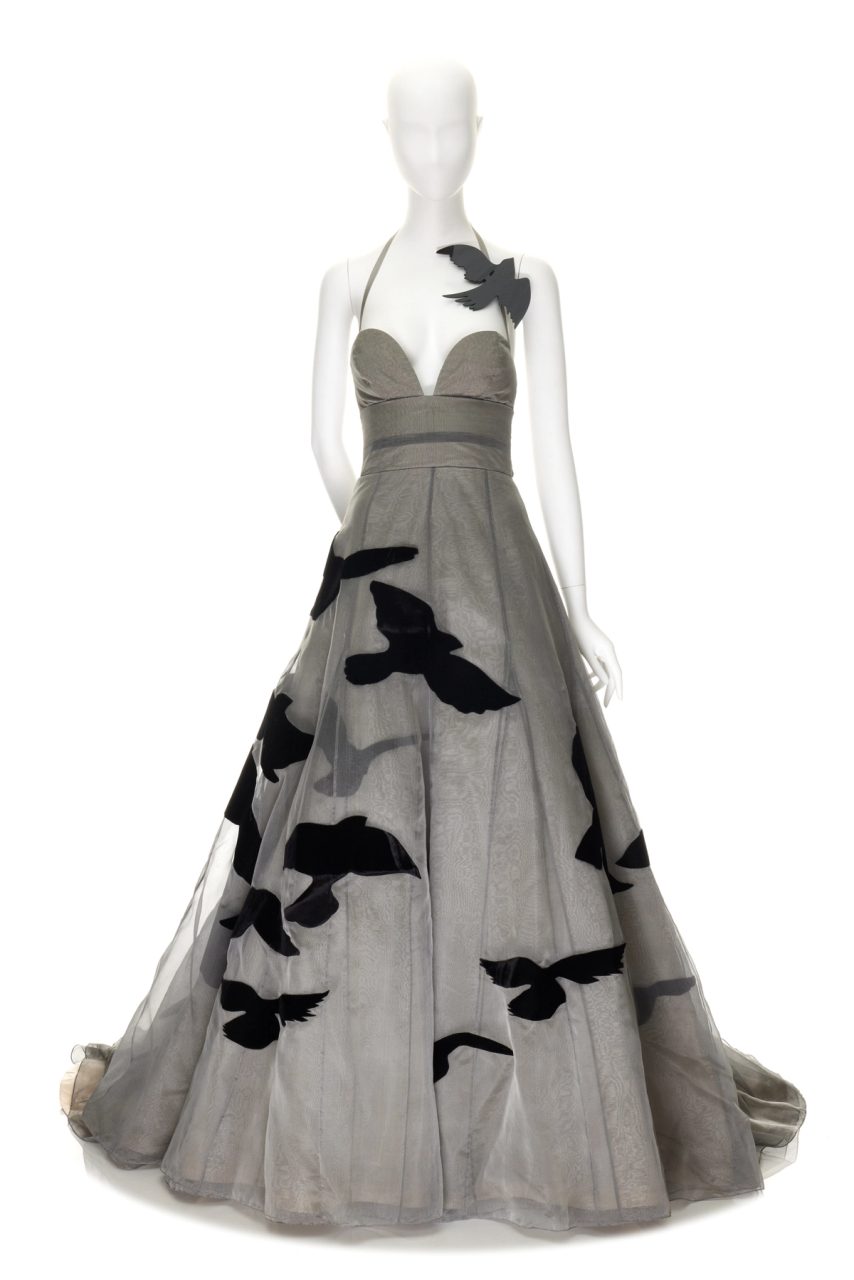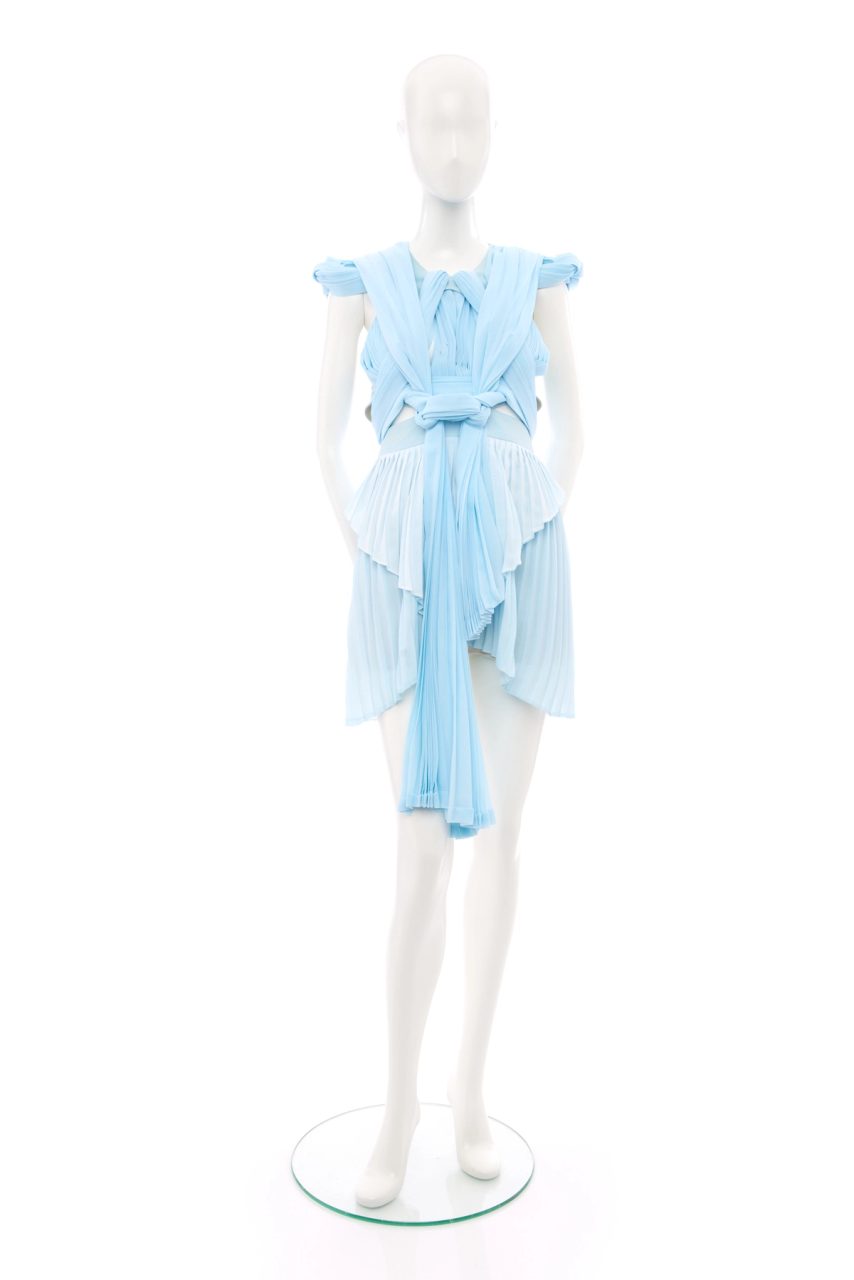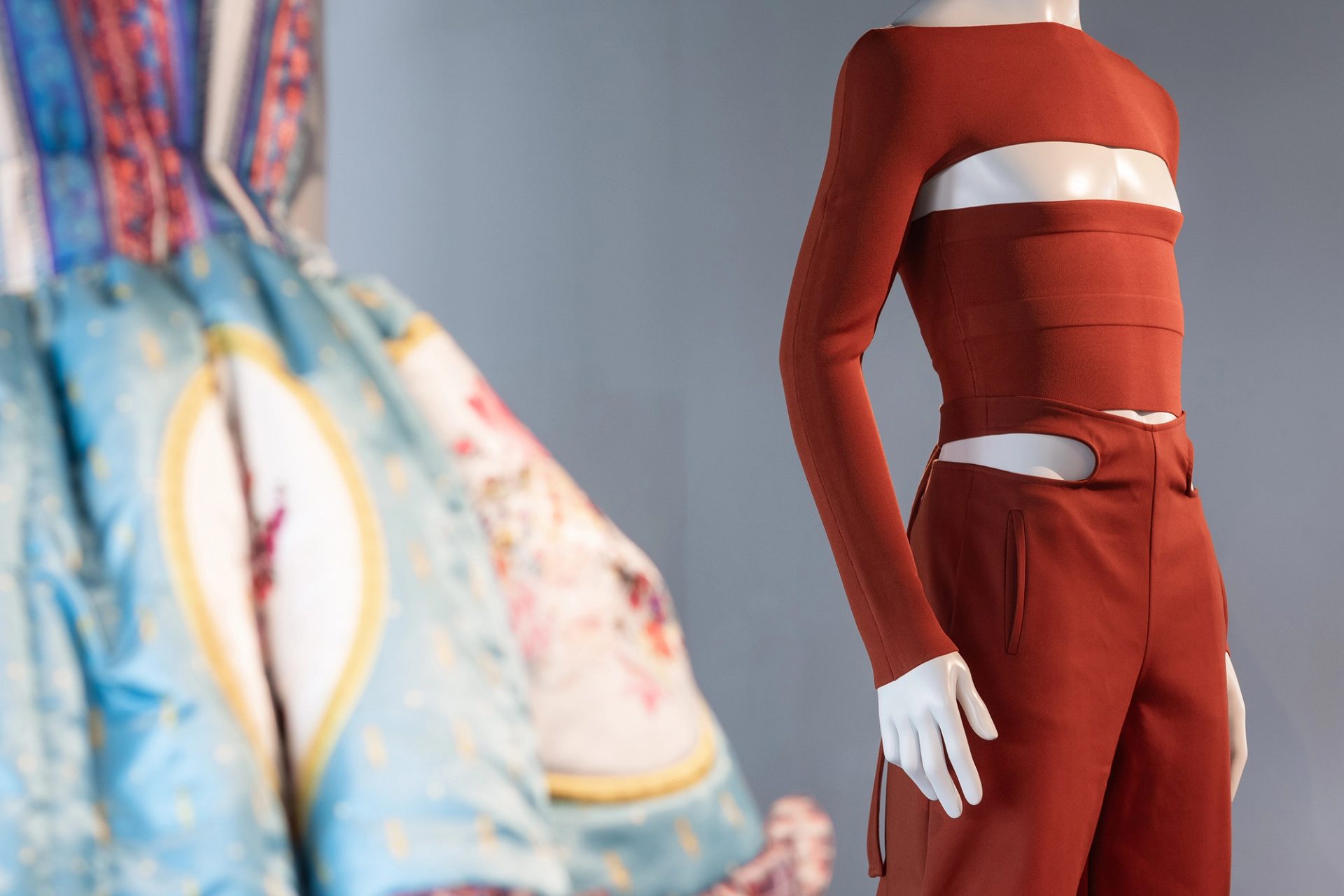Fashion Forward

At campuses around Australia the annual fashion graduate shows present some of the most exciting and innovative emerging talent before a select group of media, industry talent spotters, buyers and proud family and friends. Invited to attend many of these shows, in 1993 Powerhouse curators were so impressed by the creative expression of the next generation of Australian designers they proposed an annual exhibition. It was initially titled Student Fashion (1993–2020) and renamed Future Fashion in 2021.
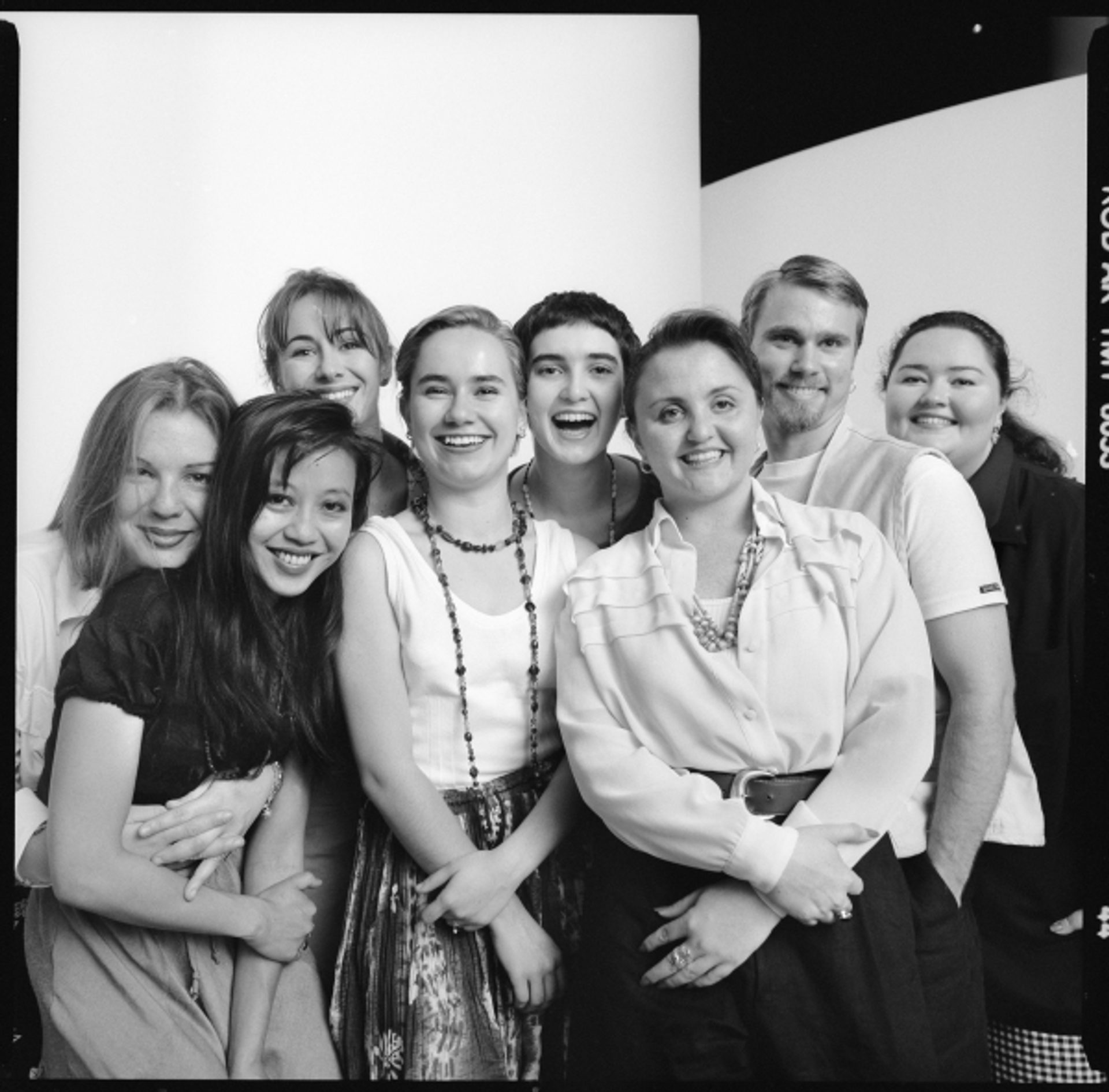
Launch
Launched on 15 December 1993 by Australian design icon Jenny Kee, the exhibition initially featured garments by fashion graduates from tertiary courses all around Australia as well as winning garments from industry-sponsored student fashion awards, including the Smirnoff International Awards, the Grand Marnier/Swarovski eveningwear award, The Young Italo-Australians fashion scholarship, the Liz Davenport Dux Award and the King Gee Design Award. By 2002, as more state and regional opportunities were available for students to show their work, and the number of industry sponsored awards diminished, Powerhouse refocussed the Future Fashion exhibition to showcase graduates from four public and independent Sydney-based institutions.
Exhibition Design
The inaugural exhibition required a unique exhibition design framework to support the students’ creativity and so Powerhouse commissioned Stephen Varady, an emerging talent in Australian architecture at the time. Varady is now a leading Sydney-based architect, educator, consultant and architecture advocate. His brief was to design plinths that would be innovative and sustainable, as they would need to be dismantled, packed up and re-used over many years, which they certainly were, as parts of the design were still in use seven years later. Seeking to challenge traditional museum display architecture, and drawing on his love of surfing, Varady came up with a design featuring large wave-like plinths. Made from lightweight fibreglass, their translucency allowed for the play of light and shadow through the gallery. His memorable design presentation included a maquette complete with a 1970s action figure standing in for the mannequin.

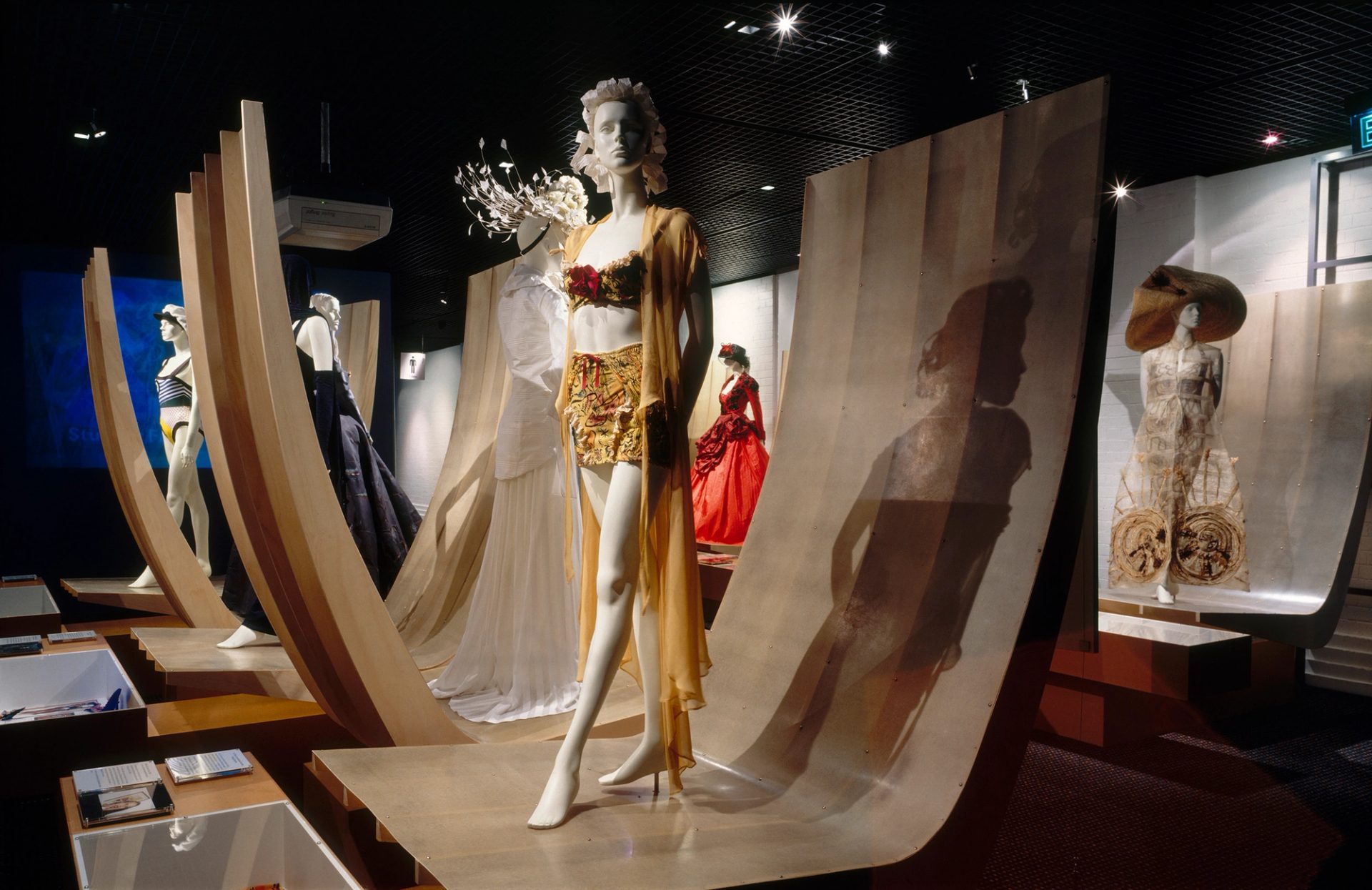
Design development
The students’ design process offered a fascinating exploration of ideas and experimentation from concept to creation of a garment. To give our visitors some insight to this process, Varady created large fish tank-like boxes to display each student’s conceptual and design development material. The students treated them like mini exhibition spaces through which to communicate their design narrative, installing an eclectic mix of design illustrations, creative diaries, textile experiments, and reference objects and images. One of the most stunning installations was created by Cameron Dunlop for the 2000 exhibition: he placed a custom-made fish tank inside the box and filled it with river water, Duck weed, gold fish and a severed arm reflecting the dark glamour and jewel-like green beads in his garment. Powerhouse conservator Suzanne Chee recalls, ‘We had to lift the lid a little to supply air for the goldfish and the duck weed brought in other problems like mosquitos and tadpoles. So over the period of the exhibition we set up a schedule to catch and release them into suitable waterways.'
The exhibition has featured the work of around 190 students in 30 years, many of whom have gone on to outstanding careers in fashion related fields.
Future Fashion also acknowledges the important part fashion schools and educators play in fostering students’ technical skills, creativity, critical thinking and entrepreneurship. The high standard of student work is testament to the flexibility of the courses offered by fashion schools that adapt to keep pace with current and future needs of the fashion industry and prepare students for diverse roles in the industry.
Founded and launched in 1996 by Simon P Lock to showcase the latest collections from Australian designers, Australian Fashion Week also created an important platform for graduates to showcase their work in a professional forum. With the advent of Australian Fashion Week, the internet and bloggers, the search for the next big thing in fashion saw graduate collections become a serious focus of media attention.
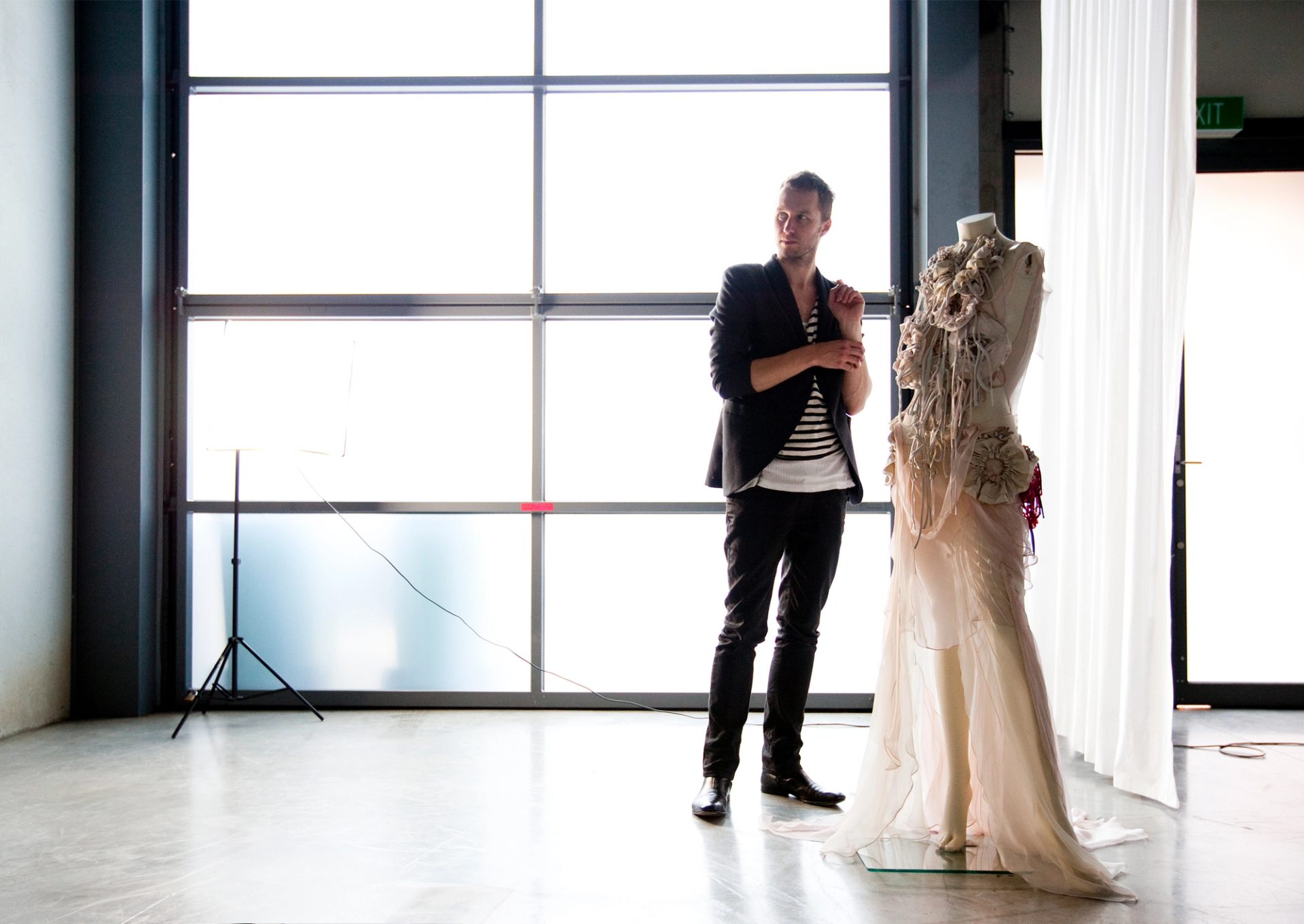
Toni Matičevski
1998 Showcase
Known for his poetic special occasion wear, Melbourne based designer Toni Matičevski is now one of Australia’s most respected designers. In 2016 he received Australia’s top fashion industry accolade: the Australian Fashion Laureate. Matičevski graduated with honours from Royal Melbourne Institute of Technology in 1997. In 1998 he featured a finely pintucked organza gown from his final-year collection in Future Fashion. Like many graduates he spent the early part of his career working for major fashion brands, including international labels Donna Karan and Cerruti. Industry experience is important for graduates to broaden their skills and understand the realities of a very demanding, complex and competitive industry. As UTS Senior lecturer Cecilia Heffer noted, ‘It is incredibly difficult for any designer to marry commerce and creativity and it really takes years of experience in the industry to be able to do that’.
Matičevski preferred to maintain control over the pace and process of his creative development and output, so in 1999 he returned to Australia to establish his label Maticevski. Powerhouse holds two gowns by Maticevski which illustrate his feminine romantic aesthetic and signature manipulation of fabric. The Love Lace competition and accompanying exhibition at Powerhouse Ultimo provided him the opportunity to create his exquisite Spring Summer Finale evening dress with its extravagant hand-made rouleaux web lace.
'So much of what I use in design is what is in my direct surroundings. Light, shadows, music, nature and all things modern, collide and juxtapose with each other. Sentiment and emotion are at the core of that expression. If you see and do not feel or have feeling in a work, then it is dead.'
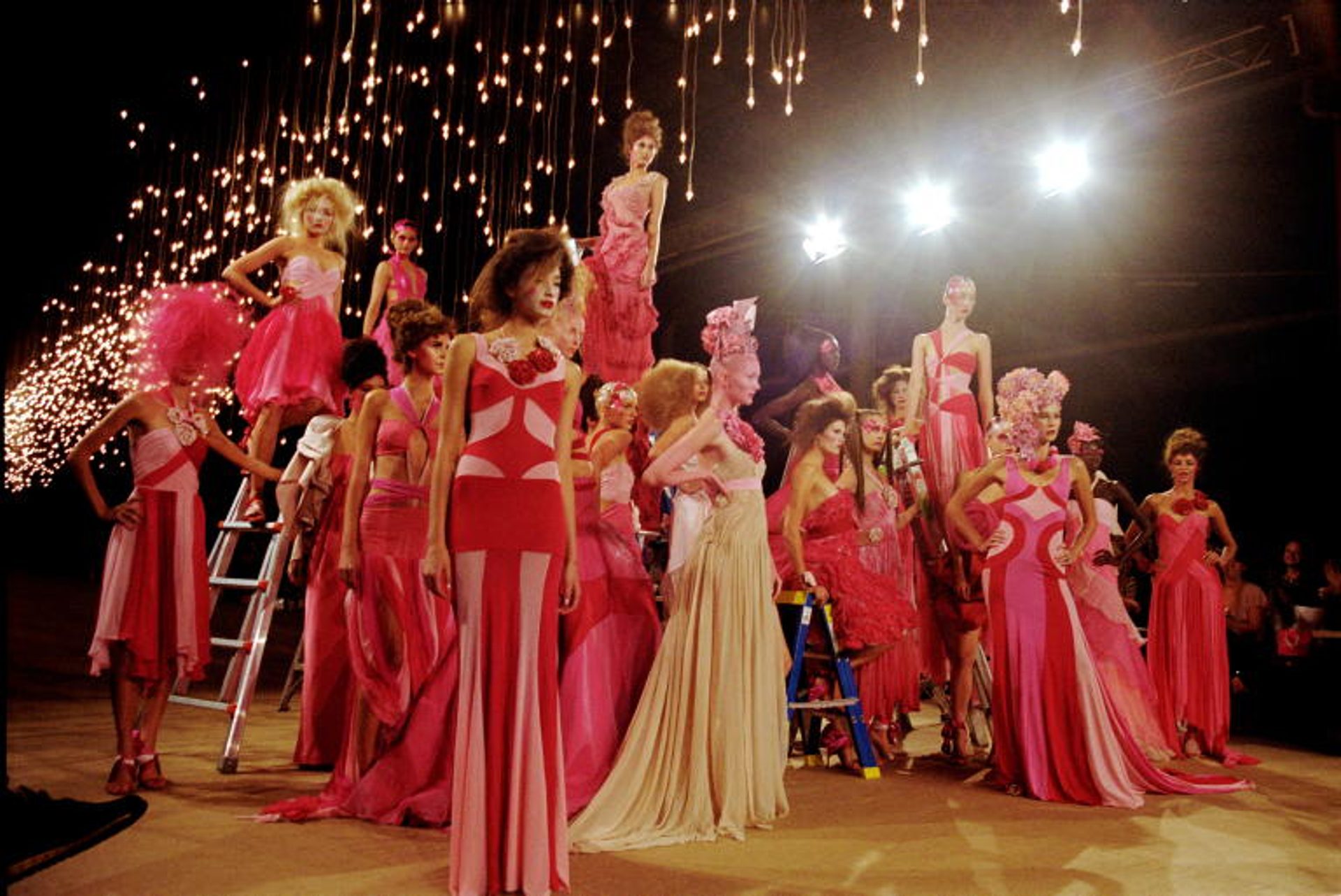
Michelle Jank
1999 Showcase
Michelle Jank featured in Future Fashion two years in a row (1998 and 1999) and was one of the first to experience the whirlwind ride from student to established designer, which soon came to be expected of graduates. Jank graduated from the Fashion Design Studio at TAFE NSW in 1999 and her work quickly garnered attention: her graduation collection appeared in the Australian editions of Marie Claire, Harper’s Bazaar and Vogue, and she received an unprecedented invitation from Simon P. Lock to showcase a ready-to-wear collection at Australian Fashion Week in 2000. The response to her debut collection was effusive, prompting influential international buyer Joan Burstein to rush backstage so she could buy the collection for Browns boutique in London.
However, Jank was more circumspect about her career trajectory, choosing a more fluid cross-discipline practice to refresh and challenge her creativity. Preferring to explore diverse creative opportunities and artistic collaborations, Jank has applied her aesthetic vision across fashion, film, jewellery, costume, fashion styling, theatrical design, creative direction and show production. She’s worked on projects with several leading fashion brands, retailers, media brands, celebrities and performance companies, including Acne Studios, Zimmermann, Fairfax & Roberts, Harvey Nichols, Dover Street Market, Vogue (French, British and US editions), Nicole Kidman, Cate Blanchett, Netherlands Dans Theater and Bavarian State Ballet. In between projects Jank returned in 2008 to show at Australian Fashion Week and Powerhouse holds three examples of her beautiful demi-couture pieces in its collection.

Dion Lee
2008 Showcase
Dion Lee featured in Student Fashion 2008, presented designs in a group collection show at Australian Fashion Week the same year, debuted his solo collection in 2009, and showed what was considered the standout collection at Australian Fashion Week in 2010. Influential international fashion commentator Tim Blanks anointed him ‘the next big thing in fashion’ and Vogue Australia editor in chief Kirstie Clements announced ‘He’s just saved Fashion Week’.
Like Jank, Dion Lee had to carefully negotiate the intense hype and weight of expectation that goes along with debut collections. ‘I started my label when I was straight out of fashion school and when you're in that headspace you really want to make an impact,’ Lee said, in an interview for The Australian after his Fashion Week triumph. ‘Now I'm more considered.’
Lee's worldwide reputation has grown exponentially and in 2017 he relocated to New York, where he designs and creatively directs his Sydney-based brand. His work is represented in the Powerhouse Collection in an outfit that reflects his experimentation with classic garment forms such as a top and trousers, which he recasts through carefully engineered skin-baring cut-outs into a sensual, unisex garment.
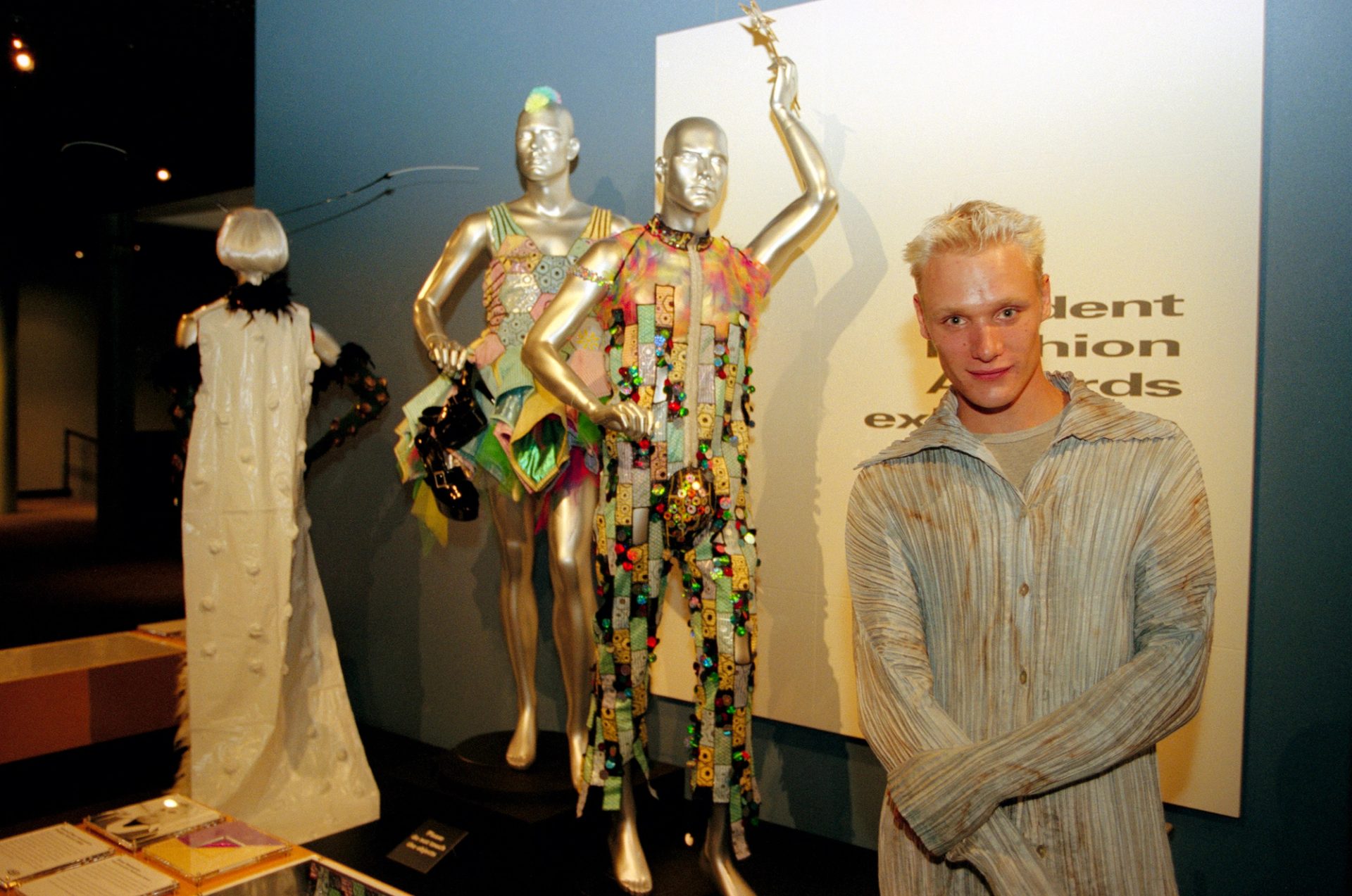
Timo Rissanen
1998 Showcase
Timo Rissanen’s graduate work featured in the 1998 exhibition, presenting gender fluid outfits constructed from handprinted and sequinned Chux Superwipes. So it is unsurprising he became a champion of zero waste design and is considered one of the leading advocates and educators in sustainable and ethical fashion practices.
Rissanen acknowledges the significant impact his teachers had on his career, noting ‘Val Horridge provided me with the space within which to figure out who I was as a fashion designer. Julia Raath sowed the seeds of sustainability in me as a student.’ Rissanen’s impressive career includes co-publishing with Alison Gwilt Shaping Sustainable Fashion: Changing the Way We Make and Use Clothes in 2011 and co-authoring Zero Waste Fashion Design with Holly McQuillan in 2016. In 2010 he became inaugural assistant professor and later associate professor of Fashion Design and Sustainability at Parsons The New School for Design in New York before returning to Sydney as associate professor in the School of Design at the University of Technology. Like many Australian fashion educators, he also maintains his creative practice as an artist with a focus on what he describes as the ‘(in)humanity of labour, politics and love’.
Future Fashion 2023
Fashion is an important part of our social and cultural life: humans use clothing and adornment to express individual and collective identities, aesthetic codes, values and beliefs. However, we are now acutely aware of the serious environmental and social impacts of the fashion cycle, and issues with the industry’s systems and supply chains.
To meet this challenge, fashion design schools are embedding sustainability and social justice in their curriculums. This year’s exhibition features outfits from the final year ranges of graduates from four Sydney-based institutions, illustrating their diverse design signatures and technical skills – particularly through the use of upcycled and recycled textiles.
Jason Clark – University of Technology, Sydney
Cate Caldise – Fashion Design Studio TAFE NSW, Ultimo Campus
Edwina Harding – Whitehouse Institute of Design
Holly Villagra – Torrens University/ Billy Blue College of Design
To celebrate 30 years of Future Fashion, the exhibition includes outfits drawn from the Powerhouse collection featuring work from Australian alumni who have gone on to have outstanding careers in the industry including Akira Isogawa, Anna Plunkett and Luke Sales from Romance Was Born, Claire Tregoning from P.E. Nation, Dion Lee, Lyna Ty from Song for the Mute and Toni Maticevski.










